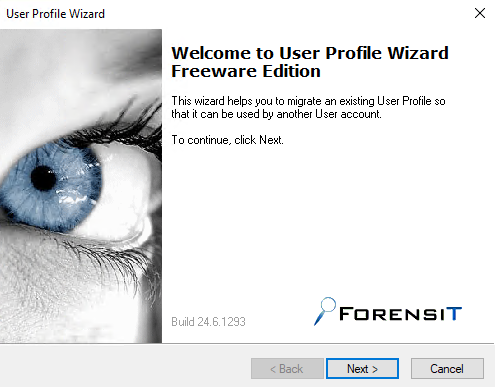1. Phishing: This is one of the most common causes of data breaches. Phishing attacks trick people into clicking harmful links or downloading infected attachments, which leads to malware infections and credential theft.
2. Social Engineering: This category includes tactics such as pretexting, baits, and spear-phishing, which aim to trick victims into revealing confidential information or performing actions that put their systems at risk. Social engineering attacks have been consistently rising.
3. Ransomware: This type of malware encrypts a victim’s data, demanding payment in exchange for decryption. Ransomware attacks have become increasingly sophisticated and prevalent, crippling cities, businesses, and organizations.
4. Credential Theft: Hackers steal usernames and passwords via phishing, malware, and brute-force attacks. These credentials enable unauthorized access to other accounts and systems.
5. Supply Chain Attacks: These attacks target vendors and service providers to gain access to their systems and compromise their customers. The SolarWinds attack of 2020 highlighted the severity of this threat.
6. Third-party data breaches: Breaches affecting third-party vendors or service providers can expose sensitive information belonging to their customers.
7. Cloud Misconfigurations: As businesses increasingly rely on cloud infrastructure, the risk of sensitive data exposure through improperly configured cloud services has become more prominent.
8. Web Application Attacks: Unauthorized access to systems and data is gained through web application vulnerabilities. Standard methods include SQL injection and cross-site scripting (XSS).
9. Insecure Remote Desktop Protocol (RDP): Hackers are taking advantage of weak Remote Desktop Protocol (RDP) configurations to gain unauthorized access to remote systems. This has become a major concern; especially as remote work is becoming more widespread.
10. Denial-of-Service (DoS) Attacks: These attacks aim to overwhelm networks and server infrastructure with traffic, making them unavailable to legitimate users. DoS attacks can disrupt business operations and damage reputation.
11. Insider Threats: Employees, contractors, or other individuals with authorized access can misuse their privileges to steal data or disrupt operations.
12. Errors and Misuse: Accidental data leaks or misuse of privileged access by authorized users can lead to significant breaches.
13. System Infiltration (Lateral Movement): Once gaining initial access, attackers often move laterally within a network to access more valuable data and systems.
14. Unpatched Software & Firmware: Failure to update software and firmware with security patches leaves systems vulnerable to known vulnerabilities.
15. Physical attacks: Though less common, physical attacks involve accessing data by stealing devices or gaining physical access to computer systems.
Here are some recommendations for addressing these issues:
1. Educate your employees: Provide regular training on identifying and avoiding phishing attacks and social engineering tactics.
2. Implement Endpoint Security: Configure and install antimalware, preferably EDR, on all applicable devices to enhance device security, and harden system configurations.
3. Segment network: Break your network into segments, creating containment zones to help slow down and or prevent attacks from spreading rapidly across the entire network.
4. Implement strong access controls: Deploy passwordless technology, but if you must use passwords, use complex passwords, enable multi-factor authentication and role-based access controls to limit access to sensitive data and systems.
5. Regularly update and patch software: Keep all software and firmware up-to-date with the latest security patches to avoid known vulnerabilities.
6. Use encryption: Protect sensitive data with encryption, both at rest and in transit.
7. Implement a robust incident response plan: Have a plan to respond to security incidents and minimize their impact quickly, remember to test plan at least once a year.
8. Monitor for suspicious activity: Use tools like user and entity behavior analytics (UEBA, intrusion detection/prevention systems, and security information and event management (SIEM) software to detect and respond to suspicious activity.
9. Backup your data: Regularly backup your data to ensure quick recovery in the event of a ransomware attack or other data loss incident, remember to keep backup media safe and test backups as per company policy.
10. Conduct regular security assessments: Regularly assess your infrastructure, systems and applications for vulnerabilities and address any identified issues.
11. Consider cyber insurance: Cyber insurance can help reduce the financial impact of a security incident.
Cyber breaches will continue to pose a significant threat to businesses and organizations. Thus, it is essential to be aware of the most common types of attacks and take proactive measures to prevent them. It is also crucial to stay vigilant and informed about emerging threats to stay ahead of malicious actors.



